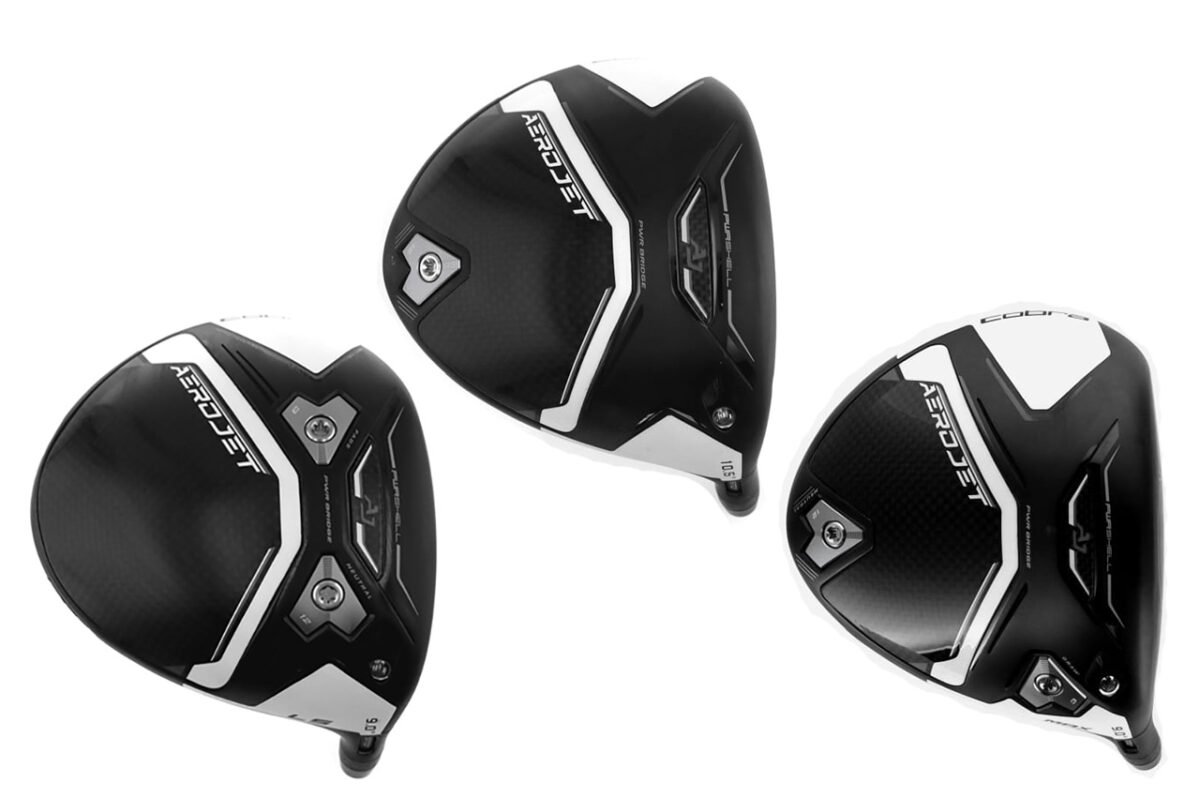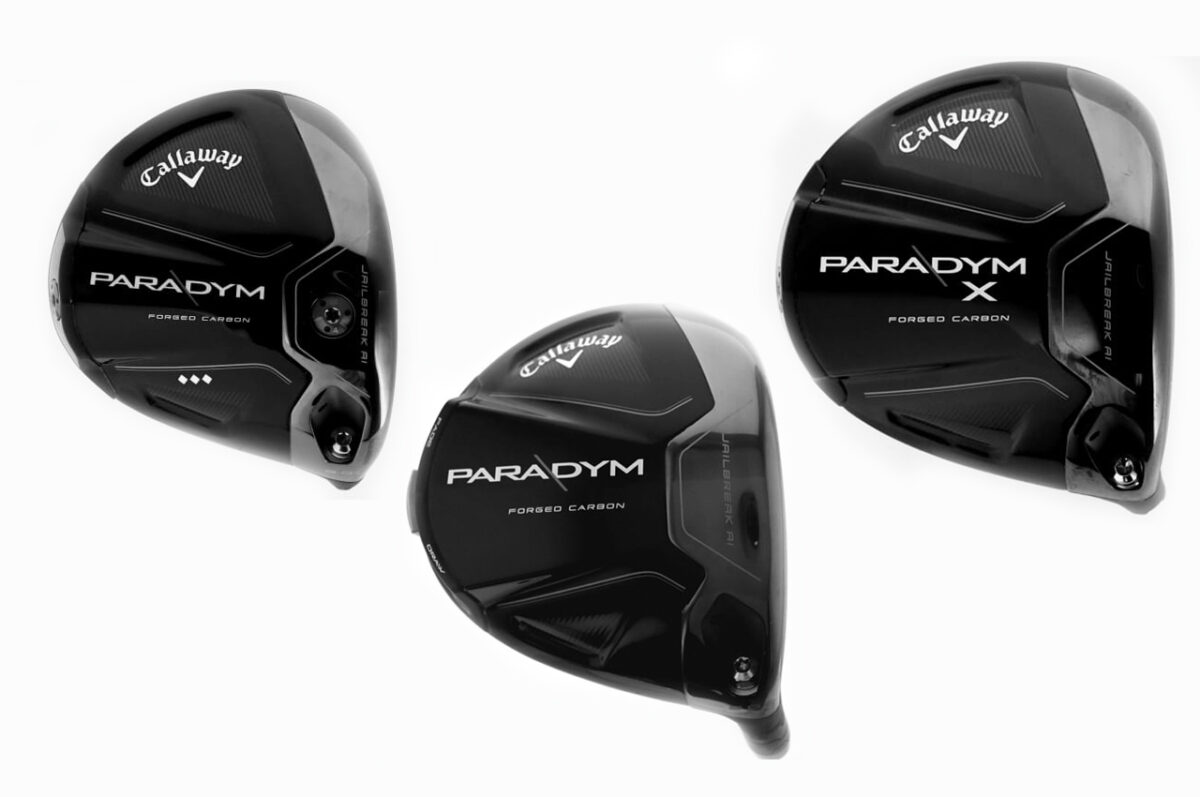When Cobra Golf’s headliners such as Rickie Fowler, Bryson DeChambeau and Lexi Thompson return to action in 2023, chances are good they will have new drivers in their golf bags. Several new Cobra models have just been added to the USGA and R&A’s Conforming Driver list.
Before any new club can be used in tournament play, the game’s governing bodies test it to be sure it meets standards and complies with the Rules of Golf. Now that the Aerojet, Aerojet LS and Aerojet Max have been added to the list, they can be used on the PGA Tour, at LPGA events and by recreational golfers, too.
Cobra has not released details regarding the Aerojet drivers, but based on the photos below that were included on the Conforming Driver list and the company’s history, here are a few things we can infer:
- There appears to be three types of Aerojet drivers. All of them clearly have an adjustable hosel and the word “PWRSHELL” on the sole, directly behind the leading edge.
- All three Aerojet drive types appear to have a checkered or woven pattern in the back half of the sole. In the past this look was created by the use of carbon fiber on the crown and on the bottom of the club.
- The standard Aerojet appears to have a singe 12-gram weight in the back.
- The Aerojet LS has two weights positioned in the front of the sole. In the USGA photos there is a 12-gram and a 3-gram weight. In the past those swappable weights allowed players and fitters to create a draw or fade bias, and LS drivers have been low-spin versions of the standard driver.
- The Aerojet Max also has two weight ports, but one is in the back and the other is in the heel. In the USGA photos, a 12-gram weight is in the back and a 3-gram weight is in the heel. With extra weight in the heel, this club could be a draw-bias or anti-slice driver.
















